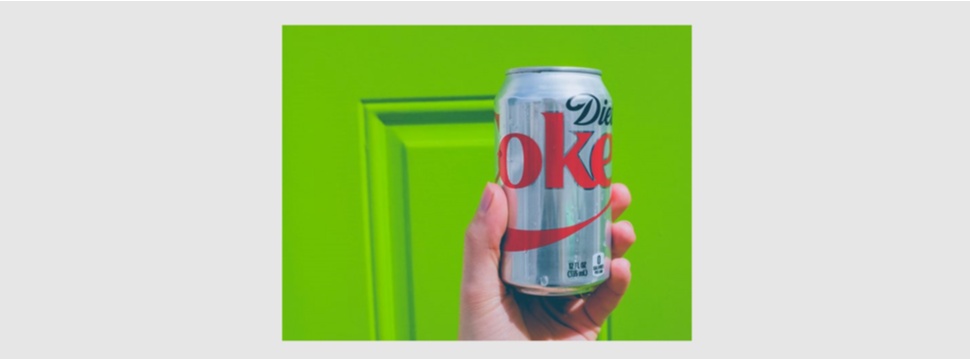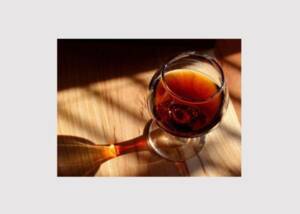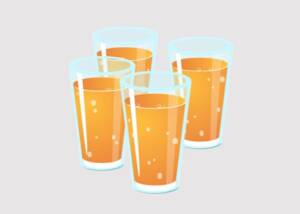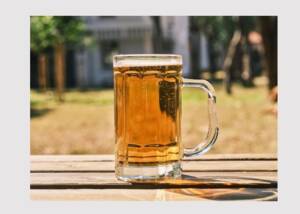When were calorie-free beverages with sweeteners actually introduced?
News News blog
Although artificial sweeteners had been known since the discovery of saccharin in 1878, the era of diet drinks did not begin until 1949, using cyclamate, with the introduction of La Casera in Spain.

This was followed in 1952 by the development of No-Cal Ginger Ale. Hyman and Morris Kirsch of Kirsch Beverages in the U.S. formulated No-Cal specifically for diabetics and hospital patients with sugar restrictions, also using cyclamate calcium as a sugar substitute. Kirsch began marketing No-Cal to the general public for weight loss purposes. Canada Dry followed in 1954 with Canada Dry Glamor, and in 1958 Royal Crown Cola introduced its Diet Rite diet drink, sweetened with cyclamate and saccharin.
In 1963, Dr. Pepper launched "Dietetic Dr. Pepper," a diet version of its own soft drink, but sales were slow because it was thought to be only for diabetics. That same year, The Coca-Cola Company entered the diet soft drink market with Tab, followed by Pepsi with Patio Diet Cola. Coca-Cola added Fresca in 1966.
All of the above products were originally sweetened with cyclamates and saccharin. But in 1969, an experiment at the University of Wisconsin-Madison found that a cyclamate combination caused bladder cancer in laboratory rats.
Under the Delaney Amendment, the FDA immediately announced a ban on cyclamate in foods and beverages, which went into effect in 1970. As a result, diet sodas were reformulated with saccharin as a sweetener, but the market share of diet sodas quickly dropped from 20% to 3% overall.
Then, after further studies in the 1980s also linked saccharin to cancer, most manufacturers switched to aspartame in 1983.
Today, various sweeteners such as aspartame, acesulfame-K, stevia, sucralose, etc. are used.










